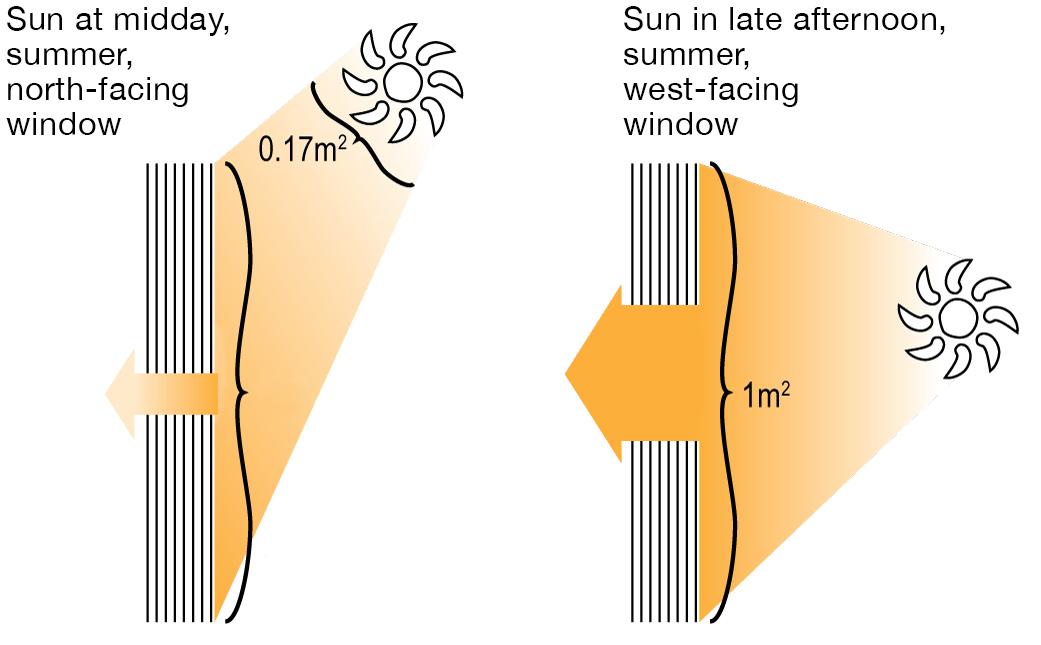All Categories
Featured
Table of Contents
Guide To Double Glazing – Functional And Energy Efficient in Kingsley WA
That window can send more solar heat in winter than in summer season. A west-facing window on a summertime's afternoon has an angle of occurrence from near 0 as much as 30 with a large reliable location of solar radiation. A north-facing window, in summertime, has a high angle of occurrence and a low effective location of solar radiation, so can send less heat than a west-facing one.

You can rapidly and quickly enhance the thermal performance of your home by replacing your windows. There are thousands of types of glass and frames to pick from.
The Ultimate Guide To Double Glazed Windows in Hamersley WA
There are numerous different kinds of glass products to select from. Single glazing utilizes a single pane of glass. Single glazing with clear glass is not really effective when it comes to heat loss or gain. To improve efficiency, you can use single glazing with a more energy-efficient type of glass such as low emissivity (low-e) glass.
The energy efficiency of IGUs also depends on: the properties of each layer of glass. Different glass types (for example, clear and low-e glass) can be put together in an IGU.
Canberra Window Replacement - Upvc Double Glazed ... in North Beach WA

IGU cavities can be filled with air or a more inert, low-conductivity gas such as argon the width of the cavity. Cavity thickness is generally 6 to 18mm. Broader cavities provide lower (better) U values, with 12mm usually accepted as the favored space how well the cavity is sealed. Cavities need to be dry and well sealed to prevent moisture getting in.
If argon is set up to the cavity in place of air, wetness is dependably omitted the level of desiccant (drying agent). The spacer (metal or polymer strip) that separates the glass layers consists of a desiccant to soak up any wetness. Inadequate desiccant may cause moisture to condense on the glass surface in cold conditions, lowering thermal efficiency.
What Is The Best Glazing For My Home? - Part 2 in Girrawheen Western Australia
In fact, IGUs can provide better energy performance for all climates, especially in heated and air-conditioned houses. Cross-section detail of single, double and triple-glazing systems Low emissivity glass (frequently referred to as low-e glass) lowers heat transfer. Low-e glass may be either high or low transmission: High transmission low-e glass has a finishing that permits daytime from the sun to enter the home to attain good solar heat gain, but lowers the amount of the long wavelength infrared heat that can get away back through the window.
Low-e glass has either a pyrolytic coating or a vacuum-deposited thin film metal coating. Pyrolytic coverings are long lasting and can be used for any glazing; vacuum-deposited finishings are soft and are just utilized within IGUs. Low-e coatings can considerably improve both U worth and SHGC; nevertheless, they must be utilized correctly or they will either deteriorate or stop working to perform as needed.
Double-glazing Versus Low-e Glass in Mount Hawthorn WA
Low-e finishes can be utilized in combination with clear, toned or reflective glass. Low-e coverings on glazing can reduce heat transfer where needed Photo: Department of Industry, Science, Energy and Resources Toned glass has actually colouring additives consisted of throughout manufacture. It is readily available in various colours, generally bronze, grey, blue and green.
Latest Posts
Double Glazed Windows: A Complete Guide in Sorrento Western Australia
Faq in Wellard Western Australia
Will Triple Glazing Make My House Warmer? in Darling Downs Perth